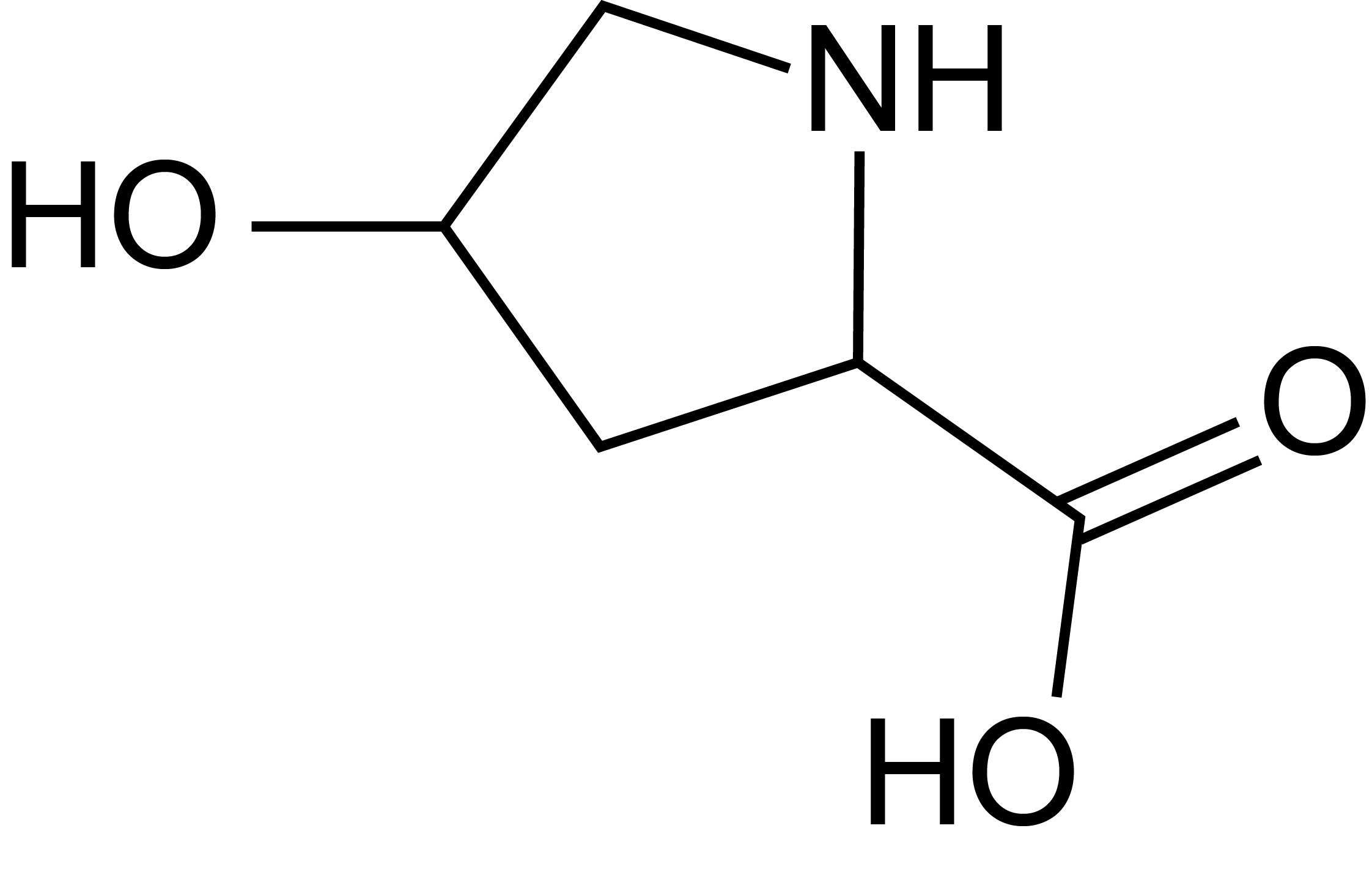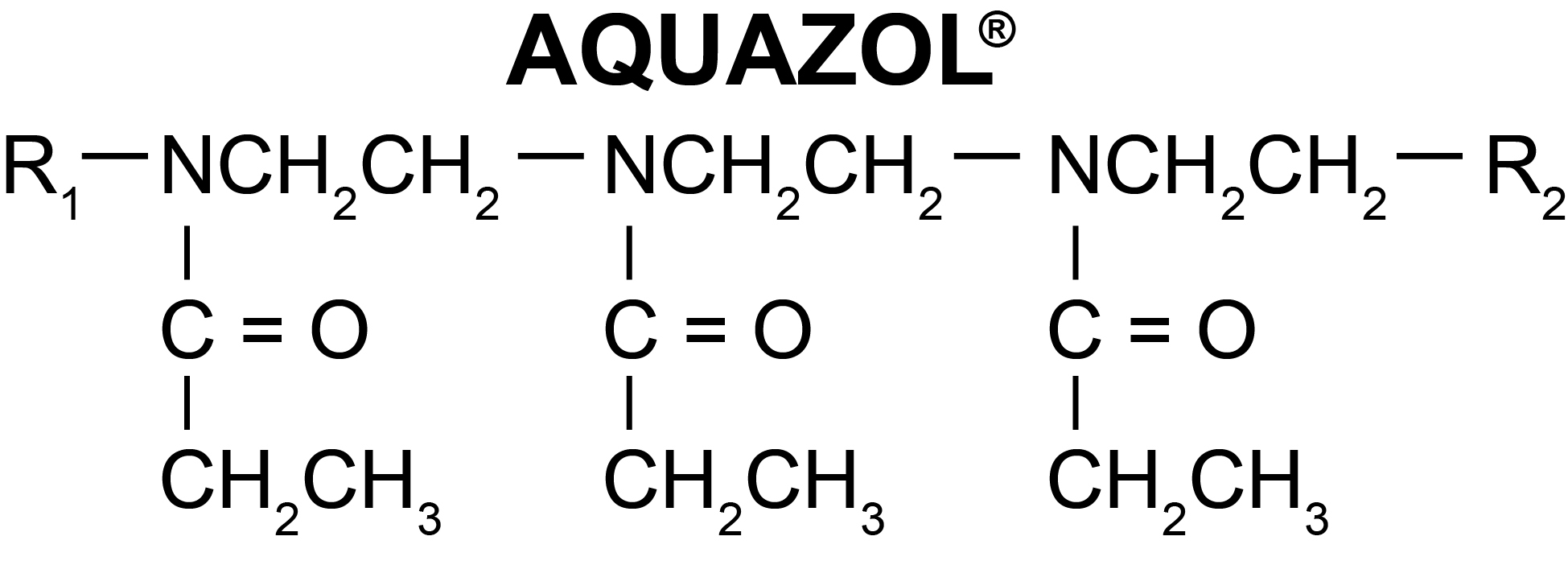Dow® Chemical first patented our new watercolor binder for QoR, (Poly(2-ethyl-w-oxazoline) in 1977. It is now more commonly known as Aquazol® when it was licensed to another manufacturer. Among its several unique properties was its solubility in a wide range of solvents including water. Its properties for use as an adhesive were first investigated by Thomas Chiu, et al. in 1986. They demonstrated that it was quite capable of mixing with a wide range of other polymers used in the coatings and adhesive market and that it might be possible to add to improve other properties of these products. The polymer showed particular stability under shear that would be required if this product was to be milled under significant pressure. Aquazol also showed some promise as a hot melt adhesive, as it proved to be quite stable in substantially higher temperatures (up to 380° C / 715° F).
Most significant to our understanding of the value of the binder as a possible substitution for traditional gum arabic was the work in investigating the binder by Richard Wolbers, et al. (1994). In their initial study they investigated the properties of the material after accelerated aging. Wolbers suggested that Aquazol could be quite attractive as a potential conservation material because of its level of solubility in many different solvents and the possibility of it to perform on many different types of mediums and a variety of already painted surfaces. They were particularly interested in any evidence that under aging conditions, the binder would still provide adequate performance. They investigated its light stability, ability to remain resoluble over time or any evidence of cross-linking or degradation. What they discovered is that the material would most likely remain resoluble and it retained its flexibility even under low humidity conditions unlike natural binders such as gelatin or hide glues. The most likely mechanism of failure of the binder was chain scission, causing the binder to lose strength over time. It was also noticed that the binder only changed its color slightly under accelerated light exposure. Of particular interest to some conservators was that the binder had a very similar refractive index to glass, which suggested possible use on reverse glass paintings.
Our first glimpse at the new resin, Aquazol, as a binder for our new QoR Watercolor came from the conservation sciences and the conservators who began to use the binder as an adhesive and for inpainting purposes. For conservation it held several unique properties: readily resoluble in water, quite stable when exposed to accelerated light conditions, quite safe (approved by FDA for use as an indirect contact food label adhesive), and exhibits an extremely low odor, which is not insignificant considering the many very smelly products and solvents required in art conservation.

 For us to consider this binder as a replacement for traditional gum arabic in watercolor it had to perform in ways that offered additional properties that could not be achieved in traditional formulas. If not, there was no reason to make just another watercolor. What we found in our initial investigations of Aquazol was that it allowed us to create a color with the potential for greater color strength than any other professional watercolor. Other than the extensive practical testing of this new watercolor, the next technical evaluation of the test formulas required that we conduct our own accelerated aging studies of these colors. This is where our new watercolor also proved its extreme value. In controlled accelerated aging studies testing against traditional binders, Aquazol remained attached and flexible where the exposed samples of traditional watercolors all became brittle and cleaved from the test supports.
For us to consider this binder as a replacement for traditional gum arabic in watercolor it had to perform in ways that offered additional properties that could not be achieved in traditional formulas. If not, there was no reason to make just another watercolor. What we found in our initial investigations of Aquazol was that it allowed us to create a color with the potential for greater color strength than any other professional watercolor. Other than the extensive practical testing of this new watercolor, the next technical evaluation of the test formulas required that we conduct our own accelerated aging studies of these colors. This is where our new watercolor also proved its extreme value. In controlled accelerated aging studies testing against traditional binders, Aquazol remained attached and flexible where the exposed samples of traditional watercolors all became brittle and cleaved from the test supports.
After validating these results, we realized this new Aquazol binder would allow us to achieve something very special and hopefully quite unique for professional watercolor artists. The Aquazol binder compares in many respects to the traditional gum arabic binder. Both of these materials are polymers, which is a critically important chemical structure for any good performing paint binder. A polymer structure simply refers to the fact that these binders contain repeating units of single compounds joined together in much longer lengths. In the case of gum arabic, it is a naturally occurring polysaccharide collected from the Acacia senegal and Acacia seyal trees.
It is a fairly complex chemical structure consisting mainly of a highly branched polysaccharide (number of sugar molecules bonded together) and a protein-polysaccharide complex (hydroxyproline) shaped in a fairly large spherical structures with some scattered larger coils. Aquazol also consists of a repeating structural compound called an ethyloxazoline, pictured below.
Essential to both polymers is that they offer excellent resolubility with water. This is very different from most other common paint binders like acrylic that once dry, are not again reducible in water. In fact, Aquazol allows for an even greater level of resolubility compared to natural gums, allowing artists to more easily reconstitute the dried QoR Watercolor on their palette. The value of this formulation is that it also easily blends with other traditional gum arabic watercolor brands and their mediums.
 Although the science behind QoR is incredibly exciting, it will be the evaluation of these properties by watercolor artists who will find it appealing or not, based on how well it performs for their particular needs and uses. The new synthetic Aquazol binder in QoR will ultimately provide alternate paths for artists who are excited to discover and rediscover the potential of these new watercolors.
Although the science behind QoR is incredibly exciting, it will be the evaluation of these properties by watercolor artists who will find it appealing or not, based on how well it performs for their particular needs and uses. The new synthetic Aquazol binder in QoR will ultimately provide alternate paths for artists who are excited to discover and rediscover the potential of these new watercolors.
Resources:
Julie Arslanoglu and Carolyn Tallent, Evaluation of the Use of Aquazol as an Adhesive in Paintings Conservation, WAAC Newsletter Volume 25 Number 2 May 2003
Chiu, Thomas T.; Thill, Bruce P. and Fairchok, William J., “Poly(2-ethyl-2-oxazoline): A New Water- and Organic Soluble Adhesive,” American Chemical Society, 1986, pp. 425-433.
Wolbers, Richard C.; McGinn, Mary and Duerbeck, Deborah, “Poly(2-Ethyl-2-Oxazoline): A New Conservation Consolidant,” in Painted Wood: History and Conservationed, V. Dorge and F.C. Hault, Los Angeles: Getty Conservation Institute, 1994, pp. 514-517.
About Mark Golden
View all posts by Mark Golden -->Subscribe
Subscribe to the newsletter today!
No related Post


Very interesting
I am planning to buy some QOR watercolors but would like to know if they are lightfast and permanent. I have been painting with Golden Heavy and Fluid paints for over 35 years and think they are the best. I need a new ‘adventure’ and think watercolors would be a challenge but I always thought that that medium was not fadeproof and archival. Could QOR be what I’m looking for? Marie LyonI
I do not have a website.
Hello Marie,
Thank you for supporting our acrylic products for such a long time. Actually, the majority of our QoR colors have an ASTM Lightfastenss of I (excellent) and just a handful have a II (very good), thus these colors are just as lightfast as our acrylic colors. In same cases our QoR tube label don’t list an ASTM rating for the specific pigments used. This happens either when there is no official ASTM rating for the pigment yet, or when our own lightfastness testing performed differently/better than the ASTM rating for the same type of pigment. You will find more information on the topic in these two articles:
QoR Lightfastness Testing Update: https://justpaint.org/qor-lightfastness-testing-update/
QoR® Watercolor Questions: Labeling and Lightfastness Ratings: https://justpaint.org/qor-watercolor-questions-labeling-and-lightfastness-ratings/
Hi there,
I’m interested in buying QoR watercolors and would like to know how one should go about handling dirty paint water. Given the binder is made of a synthetic substance, should I care for and dispose of dirty paint water the same way I would of acrylic paint? Are there any negative impacts of pouring the water down a regular residential drain?
Hello, Kelly.
Thank you for your question. The QoR binder is known as Aquazol and is listed as being a very safe binder.
According to the parent company’s website https://www.polychemistry.com/products/aquazol/
You can find quite a lot of information at their website, but I thought this might be most pertinent to your question:
Neither the polymer nor any of the components of the monomer are included on the CA prop 65 list of
toxic or cancer causing chemicals as of January 2015.
Aquazol® is approved by the Federal Food and Drug Administration for use as an indirect food
additive (as an adhesive) under 21 CFR 175.105.
I hope this helps, but if you do have any other questions about our paints and how to properly dispose of them, please contact us at help@goldenpaints.com, or call us and ask for our Health & Safety Department, who will be happy to provide additional details.
– Mike Townsend
Interesting article.
I wonder: can the aquazol medium can also be used on the Golden acrylic paints (other than the qor watercolours)?
And if that is possible, what would be the effects on the qualities of the resulting acrylic paint?
The reason why I am thinking about this is because the article mentions that aquazol is a water soluble polymer, and if I remember correctly so is the acrylic binder.
Hello, Thank you for your question. We would consider mixing and/or layering Aquazol and water-borne acrylic to be experimental. Once it is dry Aquazol, like watercolor, can be re-dissolved through the addition of water and will then become usable again. Once acrylic dries it resists water, and adding water will not result in a usable paint or medium. We hope this is helpful!